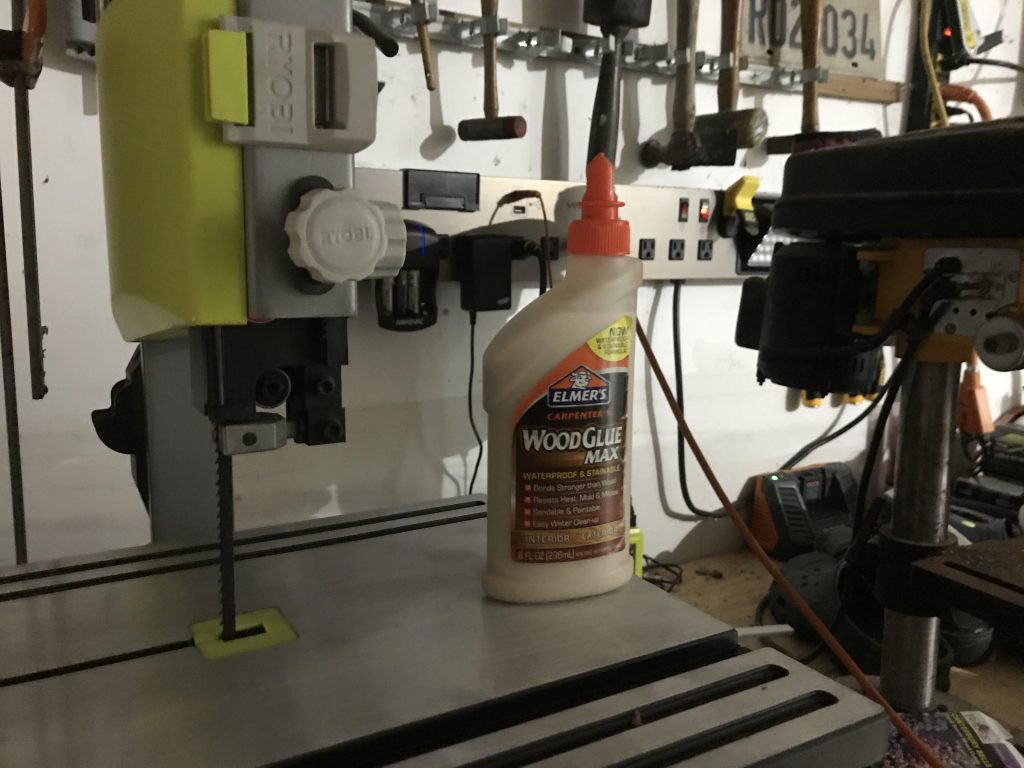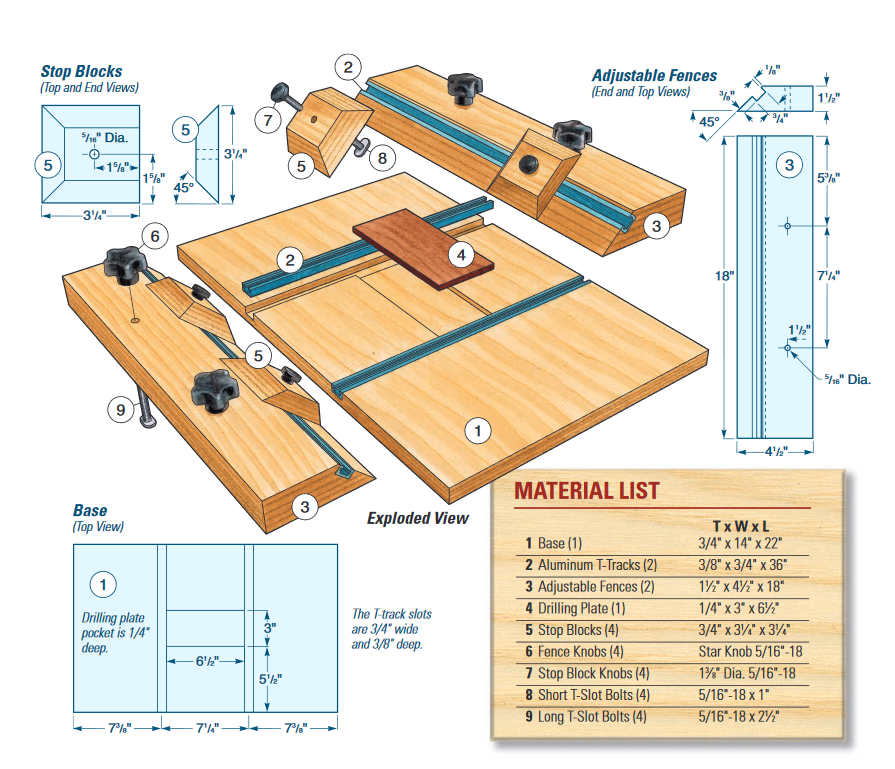The Original Non-Stick Cookware That Will Last a Lifetime With Proper Care
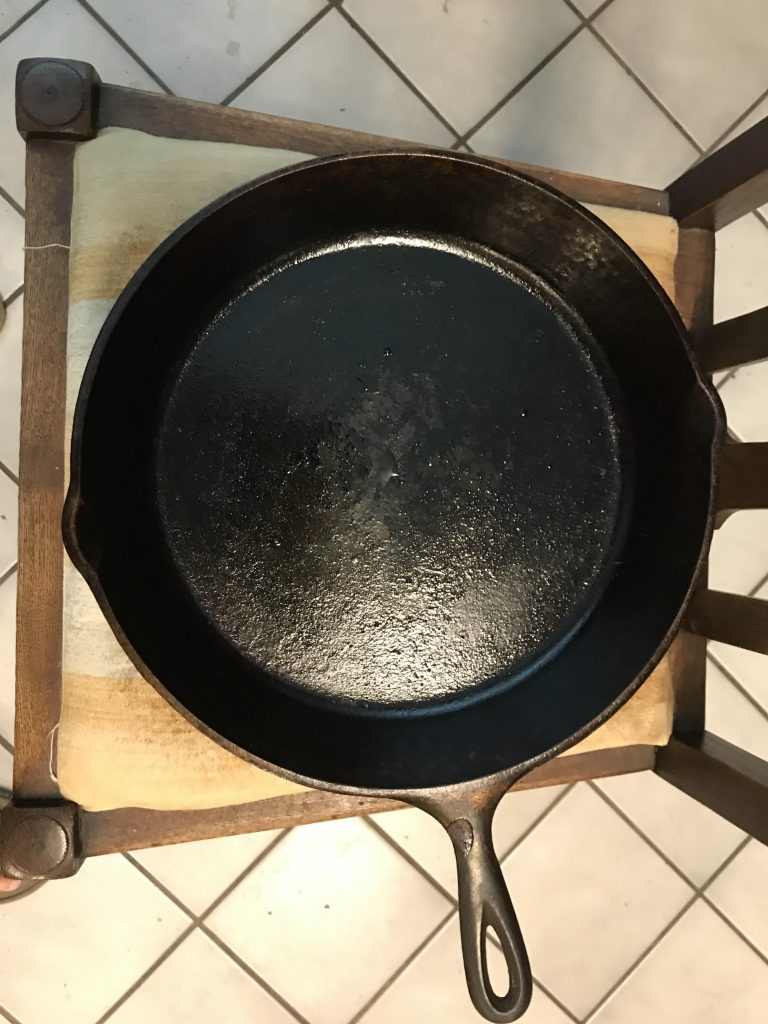
|
Ads we feature have been independently selected and reviewed. If you make a purchase using the links included, we may earn a commission, which helps support the site. Thank you for your support.
Cast iron cookware originated in China during the Han Dynasty, was adopted by Europeans, and eventually made its way to America. The use of iron for many other purposes predates cookware because the process of casting had yet to be invented. Once that process was developed, it was used for water pipes, cannons, and other objects.
Many cast iron skillets on the market today are Chinese schlock (surprise, surprise). The really good ones, which are what you want, can be quite expensive if they are new. To get a deal though, obtain an older one and restore it to its pristine condition. Have a look at garage sales, estate sales, or Goodwill. The degree to which it needs to be refinished, the less of a financial investment you will likely have to make. Once you find your prize, it’s time to restore it to a useable condition.
Remove the Cast Iron Skillet Rust
Most of the sites on the internet will tell you to remove rust with steel wool and this is fine if you have a very mild case of oxidation. But let me tell you, this will take a long time and will work you to the bone if it is worse than that. Instead, I use a grinding wheel attached to my Ryobi cordless drill to expedite the job. Work smarter, not harder, as Gramps used to opine.
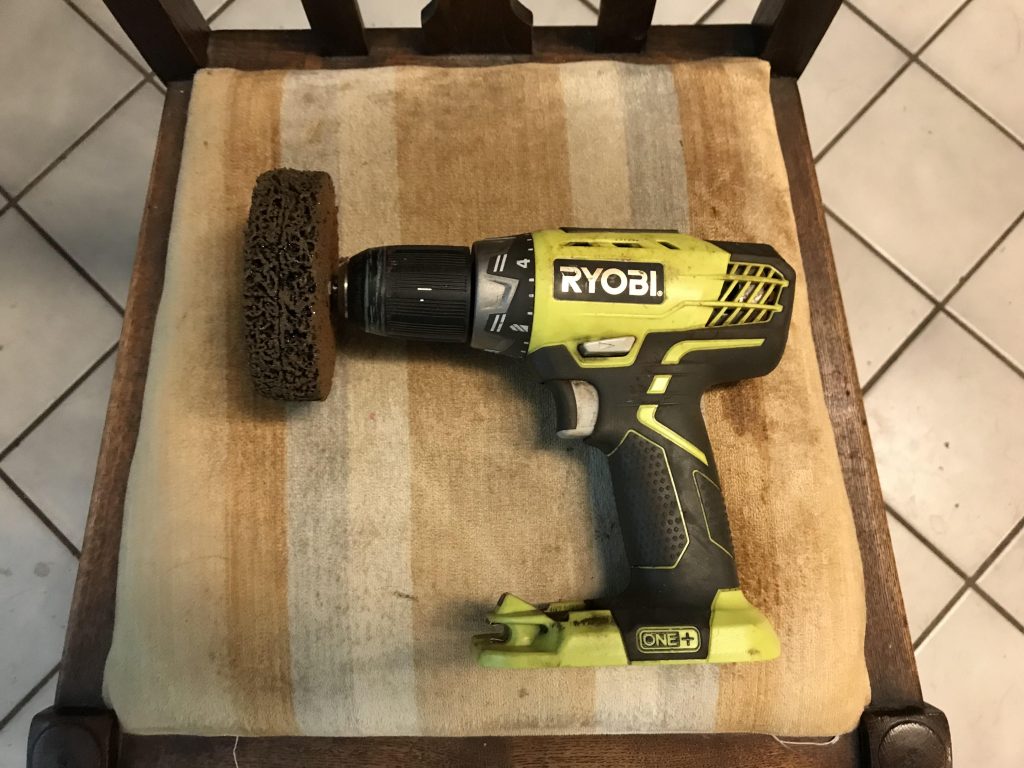
The grinder in the image above came straight from Home Depot and worked out just right for attacking both the bottom and sides of my skillet as well as the inside corners. Keep even but light pressure.
It’s likely that the outside will need some work as well. In my case, I had some flakes that needed to be chipped off before applying the grinder. For this, I used a old flat-blade screwdriver and my trusty 16 oz. hammer, which I bought at the beginning of my carpenter apprenticeship back in 1979. Still going strong. That was when Craftsman was the premier brand for hand tools. That’s a bit of America we’ll never get back. Sigh.
Seasoning Your Cast Iron
Seasoning your cookware is the most important maintenance step; this is what gives it a non-stick cooking surface. After following the steps above and you have a good surface (it does not have to be shiny, just rust-free and smooth) it’s time to season it.
- For the first seasoning, apply a thin coat of peanut oil on the entire surfaces of your skillet including the handle.
- Pre-heat your oven to 350℉.
- Put your skillet in and let it bake for an hour.
- Turn off the oven an allow it to cool
That’s all there is to it! Do it at least twice before cooking in it. The handle and outside only need to be done the first time. This is done as a rust inhibitor. Ideally, you should season your skillet after each washing, but you can judge when it is due by the level of non-stickiness.

Properties of Cast Iron Cookware
- It is an easy way to more of the mineral iron into your diet. One cup of foods like applesauce, chili, tomato sauce, stew, and scrambled eggs will gain about six to eight milligrams of iron after being cooked in cast iron cookware. This is important for all of us but especially us avid runners and other workoutaholics.
- It will last a looooong time. In this age of planned obsolescence, it is nice to have something you can pass on to your offspring.
- It is very heavy.
- It conducts, distributes, and holds heat well.
- Unlike some other materials, it won’t develop a convex bottom over time, casing wobble and uneven cooking.
That’s about all there is to restoring a rusty cast iron skillet. With proper upkeep, it will not just serve you well, but it will outlast you.
Check Out More Trending Content
- How to Clear a Clogged Drain Pipe
- 5 Ways to Green Your Garage
- Introduction to Investing for Profit
- Ryobi 18V ONE+ Power Tools Review
- How to Troubleshoot and Repair an Electric Range
- Getting Enough Minerals in Your Diet?
- Scrambled Eggs With Miso, Onions, and Spinach Recipe
- Running Improves Memory, Brain Cells
- Running in the Heat & Humidity
- 10 Common Turkey Cooking Mistakes: Thanksgiving and Christmas Dinner Tips
Looking for more great content? Visit our main page or partner sites:
I offer article and blog-writing services. Interested? Contact me for a quote!
Did you find this article helpful? Millions of readers rely on information on this blog and our main site to stay informed and find meaningful solutions. Please chip in as little as $3 to keep this site free for all.



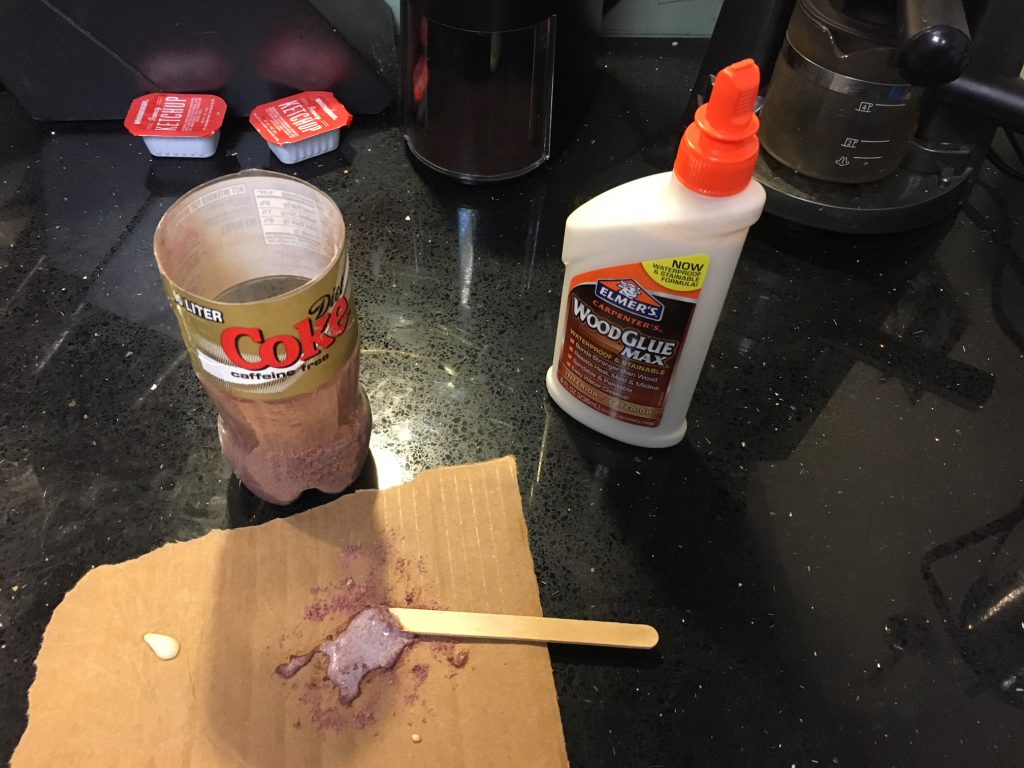
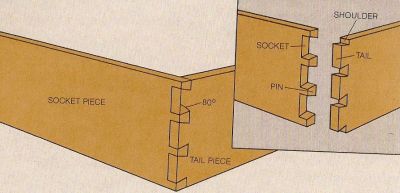
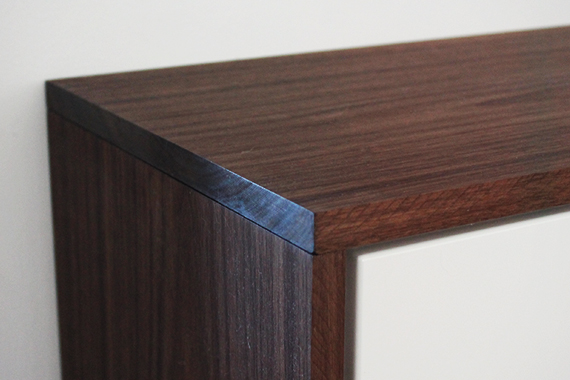
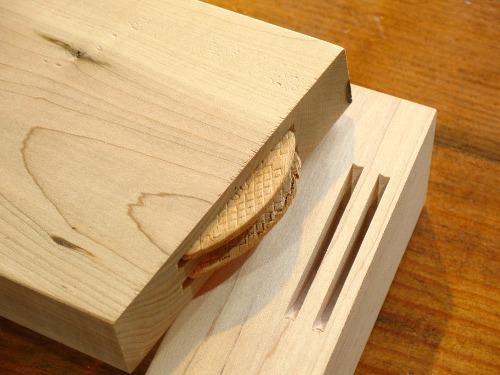
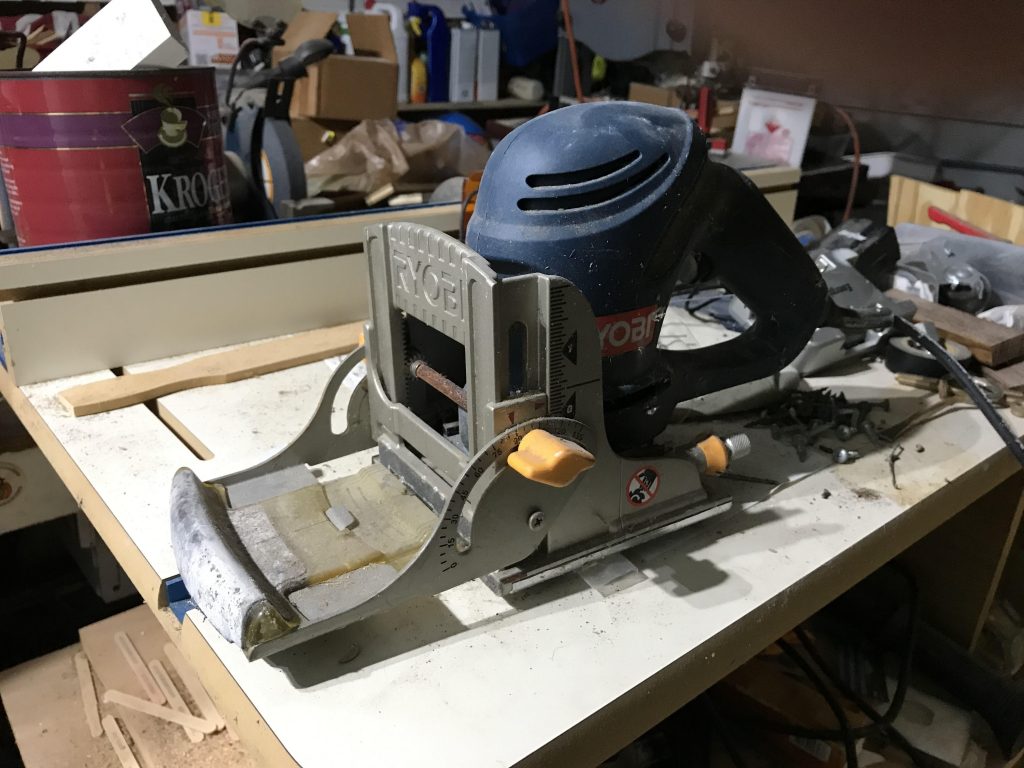
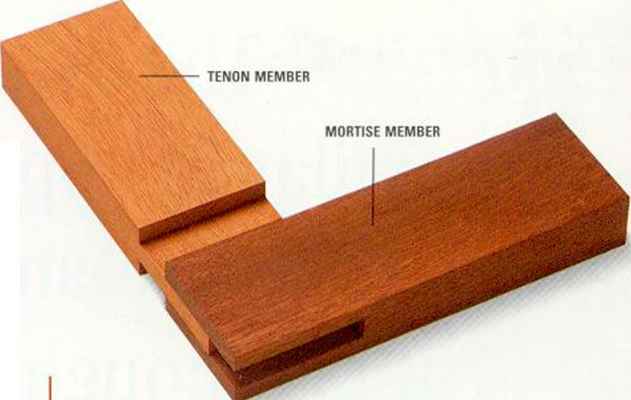

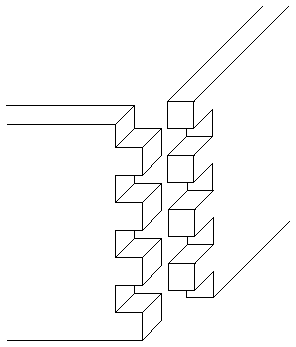
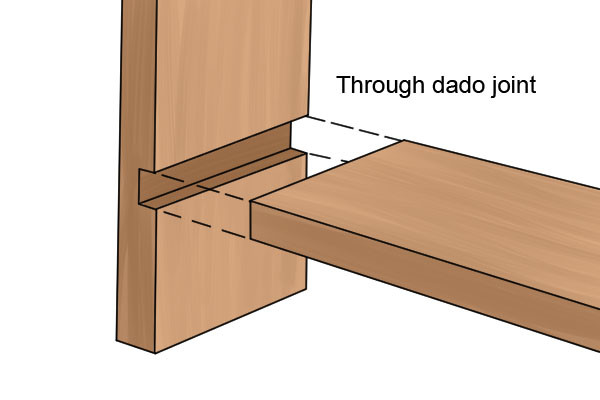
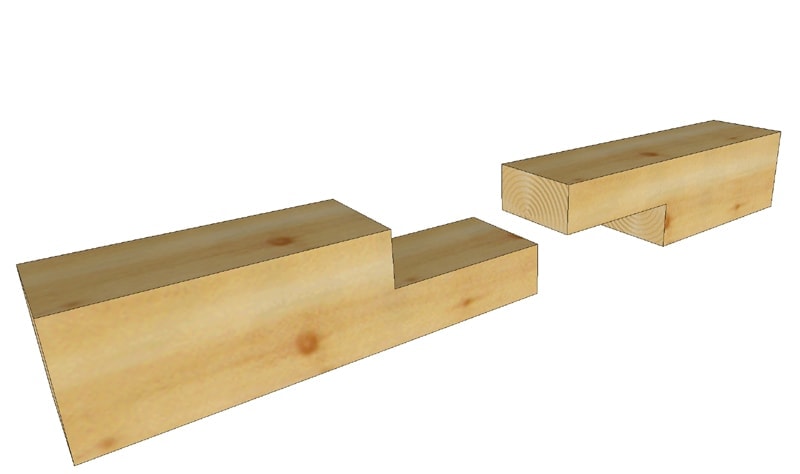
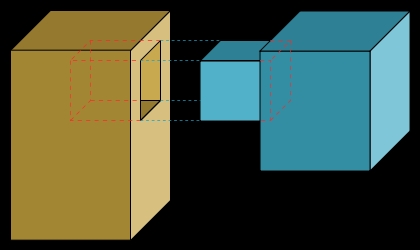

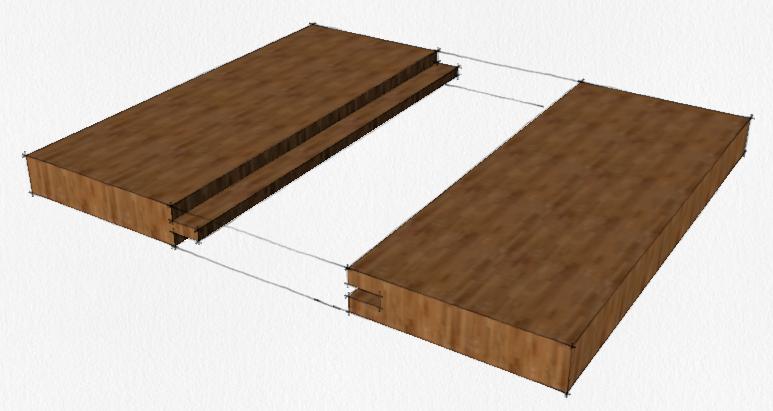
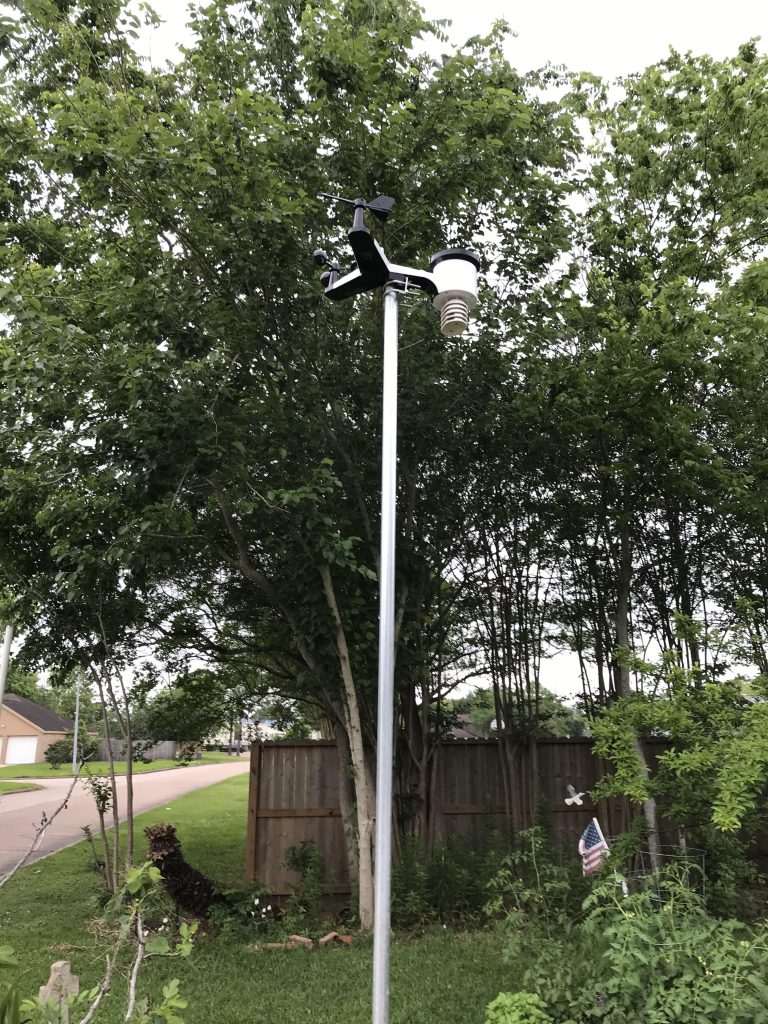
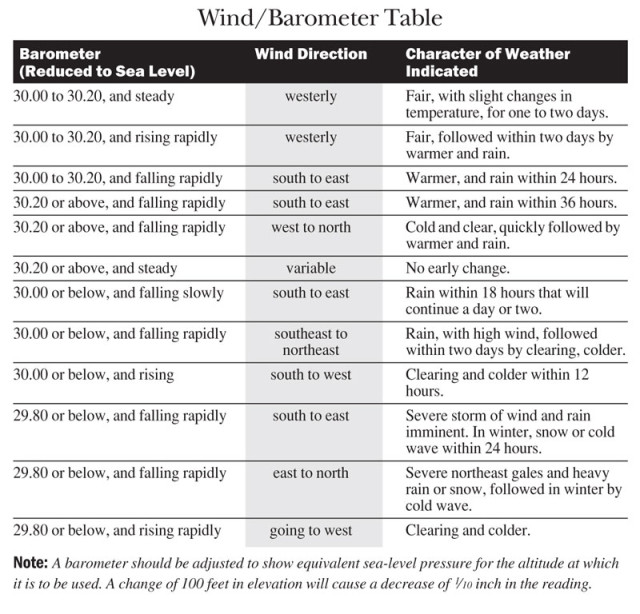
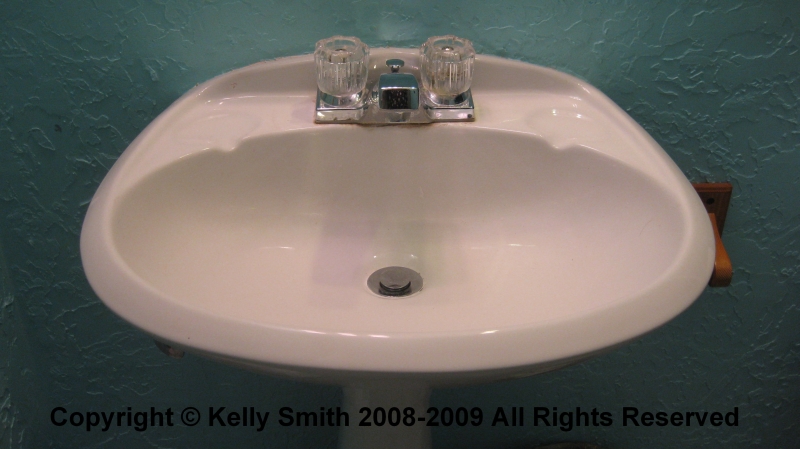

 Kelly R. Smith is an Air Force veteran and was a commercial carpenter for 20 years before returning to night school at the University of Houston where he earned a Bachelor’s Degree in Computer Science. After working at NASA for a few years, he went on to develop software for the transportation, financial, and energy-trading industries. He has been writing, in one capacity or another, since he could hold a pencil. As a freelance writer now, he specializes in producing articles and blog content for a variety of clients. His personal blog is at
Kelly R. Smith is an Air Force veteran and was a commercial carpenter for 20 years before returning to night school at the University of Houston where he earned a Bachelor’s Degree in Computer Science. After working at NASA for a few years, he went on to develop software for the transportation, financial, and energy-trading industries. He has been writing, in one capacity or another, since he could hold a pencil. As a freelance writer now, he specializes in producing articles and blog content for a variety of clients. His personal blog is at 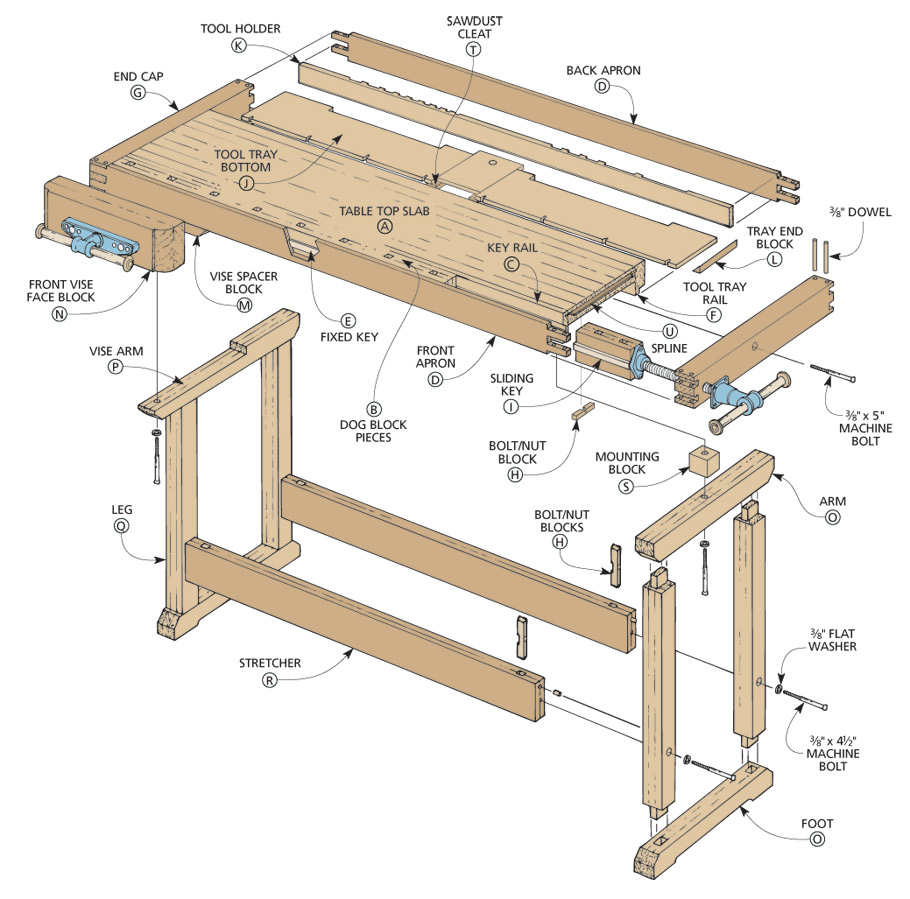
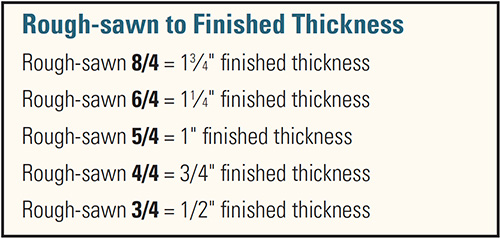

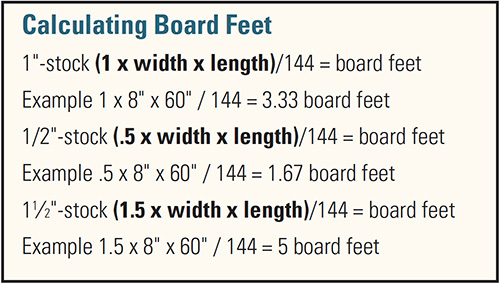
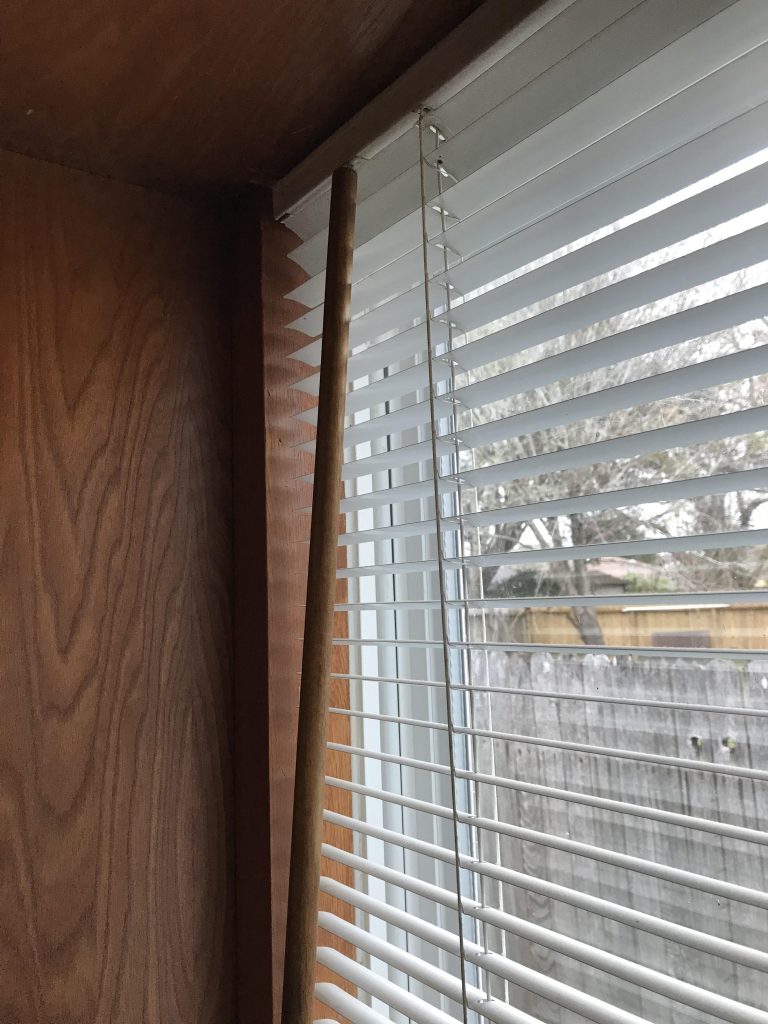
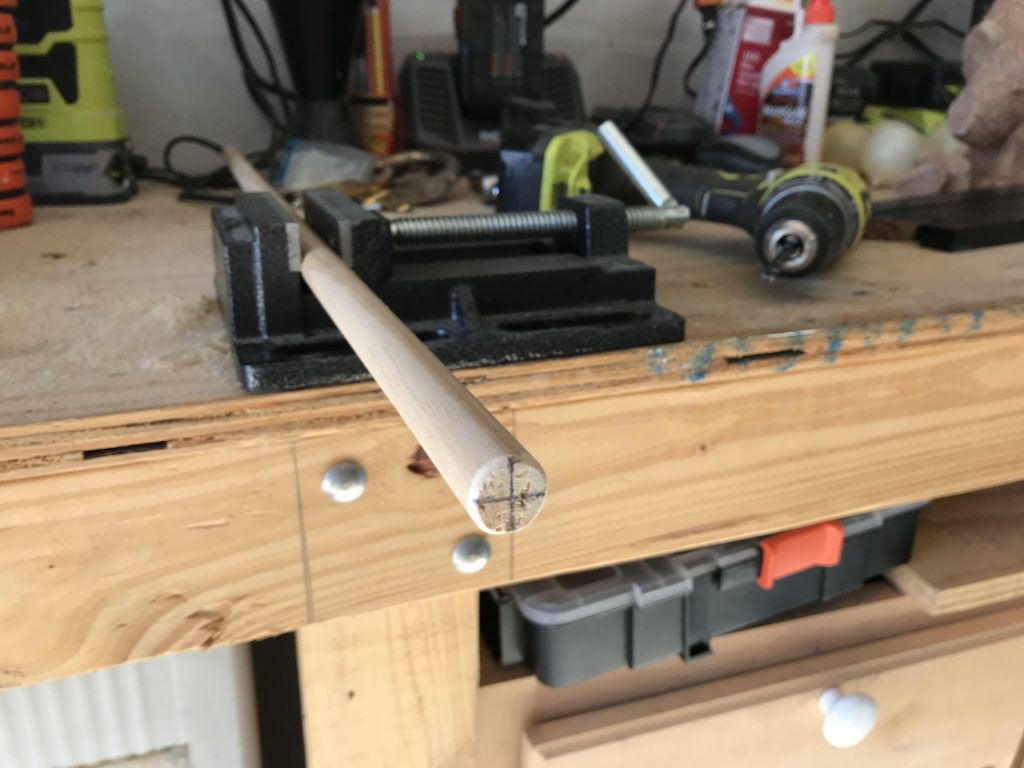
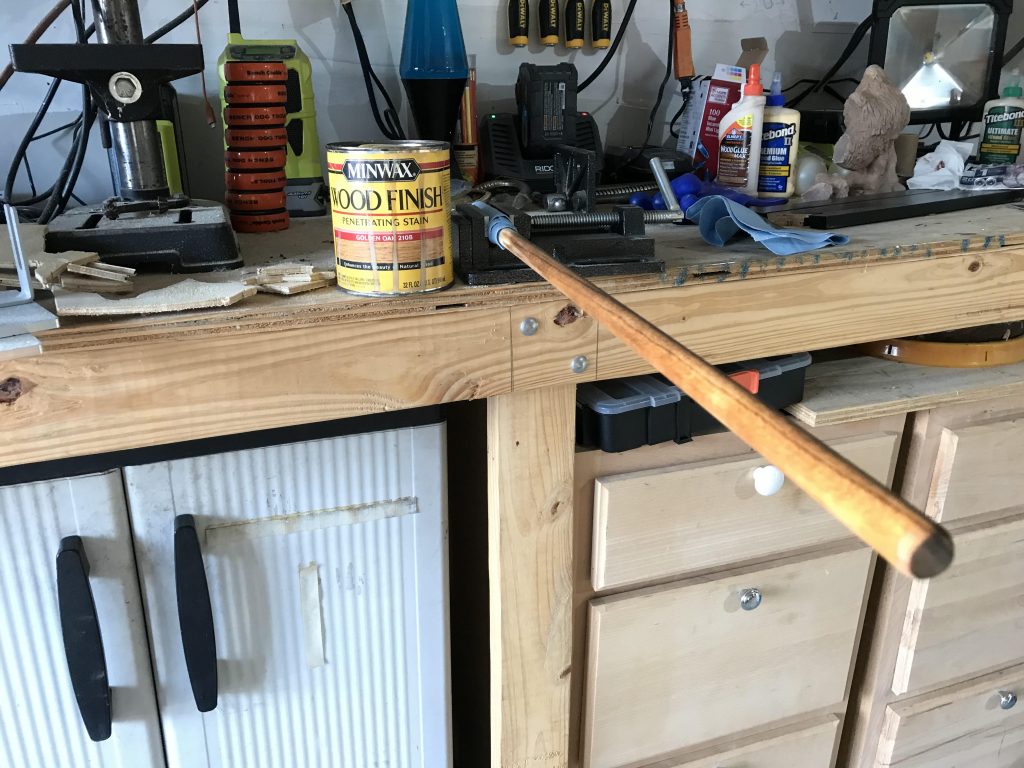
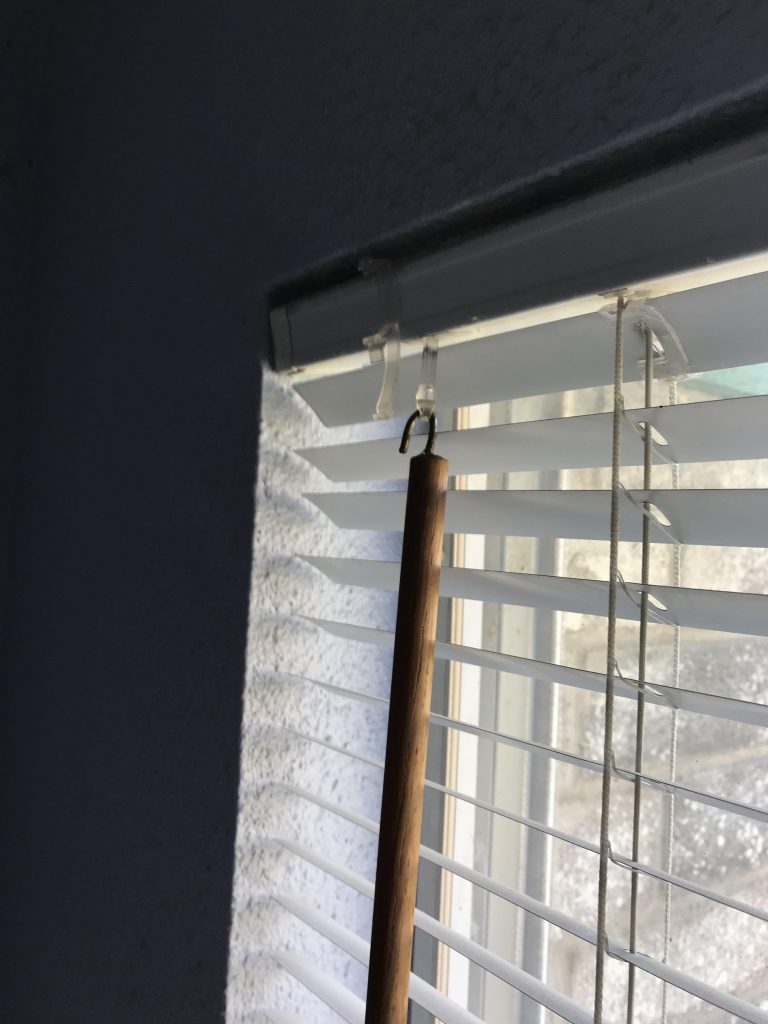
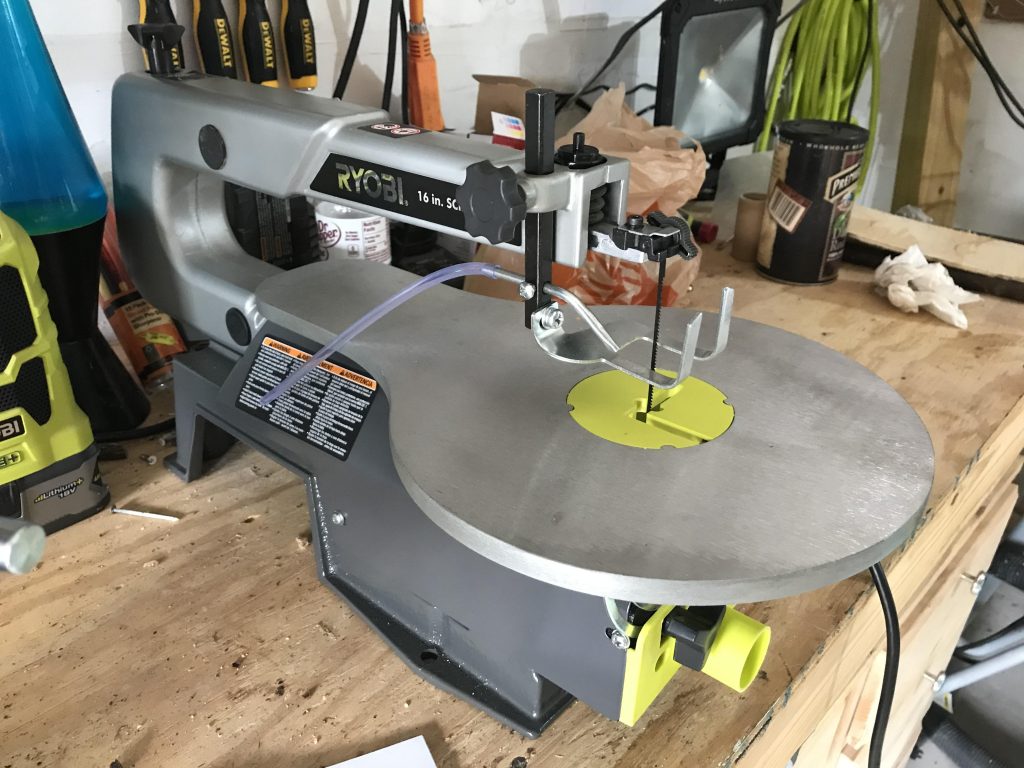
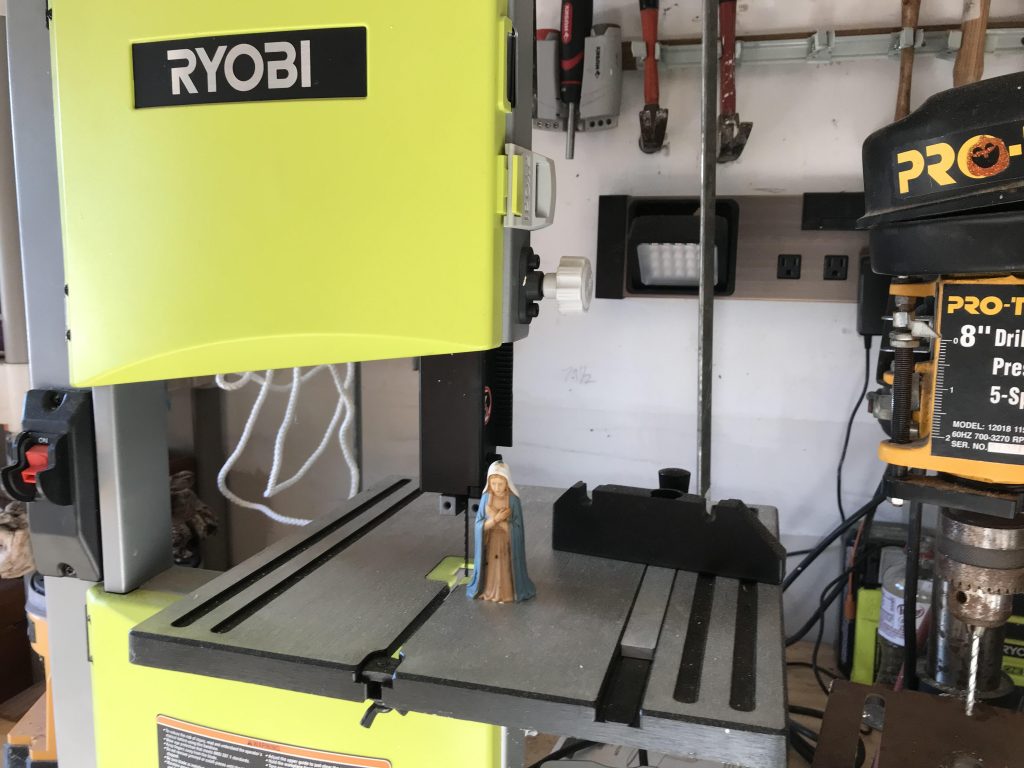
 Kelly R. Smith is an Air Force veteran and was a commercial carpenter for 20 years before returning to night school at the University of Houston where he earned a Bachelor’s Degree in Computer Science. After working at NASA for a few years, he went on to develop software for the transportation, financial, and energy-trading industries. He has been writing, in one capacity or another, since he could hold a pencil. As a freelance writer now, he specializes in producing articles and blog content for a variety of clients. His personal blog is at
Kelly R. Smith is an Air Force veteran and was a commercial carpenter for 20 years before returning to night school at the University of Houston where he earned a Bachelor’s Degree in Computer Science. After working at NASA for a few years, he went on to develop software for the transportation, financial, and energy-trading industries. He has been writing, in one capacity or another, since he could hold a pencil. As a freelance writer now, he specializes in producing articles and blog content for a variety of clients. His personal blog is at 